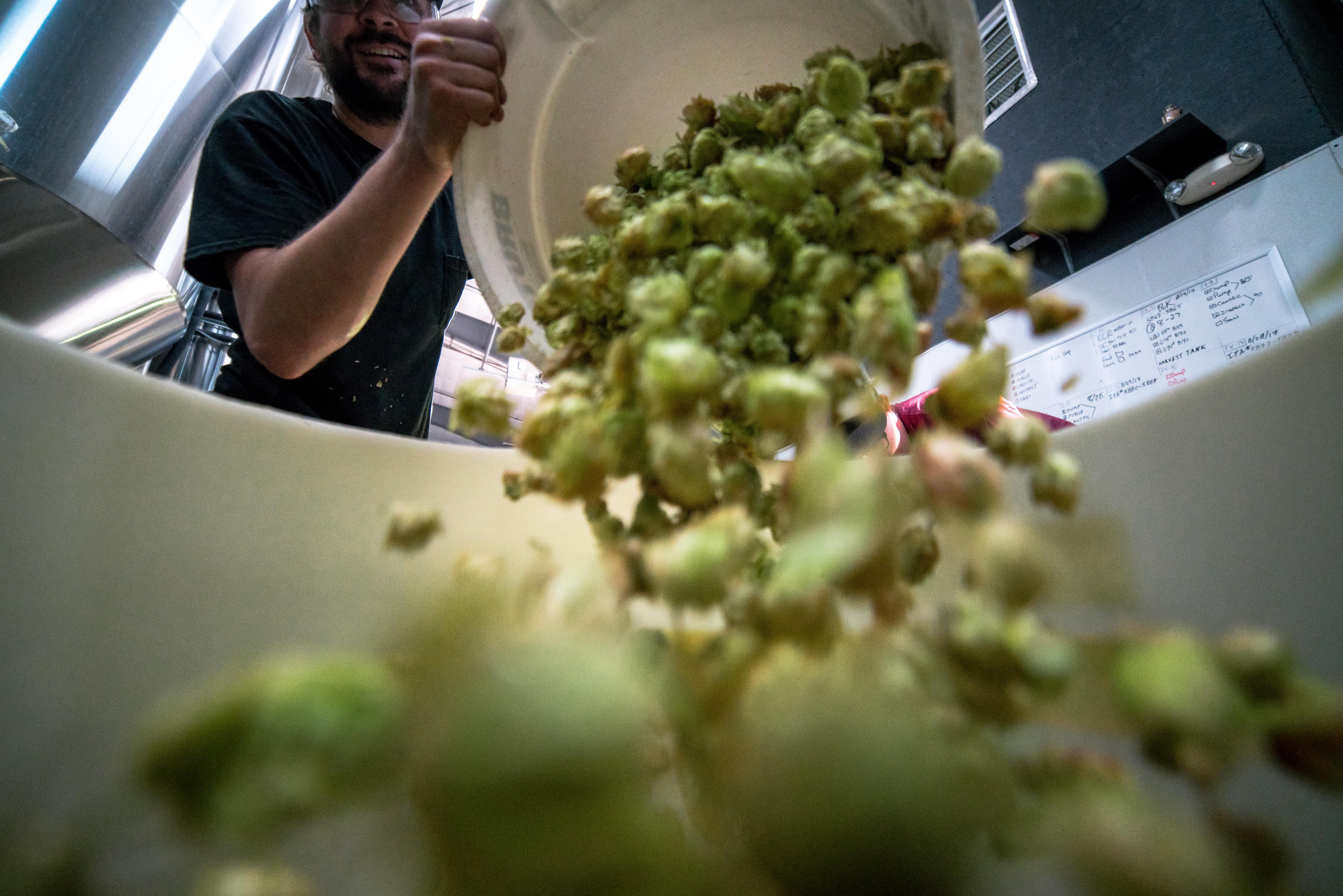Food supply
In a growing population it’s harder to make sure there is enough food to go round. Refrigeration can help prevent wastage at all stages by making sure fresh produce lasts longer and arrives in good condition.
The Food and Agriculture Organization of U.N. estimates that about 1.3 billion tons of food are globally wasted or lost per year (Gustavasson, et al. 2011). In sub-Saharan Africa it is estimated that 30% of food produced is lost post harvest. Improving access to refrigeration and a better management of the temperature of product throughout its movement from field to warehouse to supermarket (the food chain), could help reduce this waste.
What can you do about it? The WRAP campaign says that UK households throw away millions of tonnes of food waste every year. There were an estimated 7.3 million tonnes of household food waste in the UK in 2015. This is good quality food that people just don't get round to eating! What could you do to reduce food waste in your home? There is a campaign called Love Food Hate Waste that has plenty of ideas for inspiration
www.lovefoodhatewaste.com

Recycling of equipment
Refrigerators have to be recycled by specialist waste treatment facilities to remove chemicals from the circuit and insulation. Steel, other metals, plastic and foam are all recycled for re-use. Approximately 2.4 million fridges are disposed of in this way each year. This video explains what needs to be done to recycle all the parts of the fridge so that they can be reused in new products.